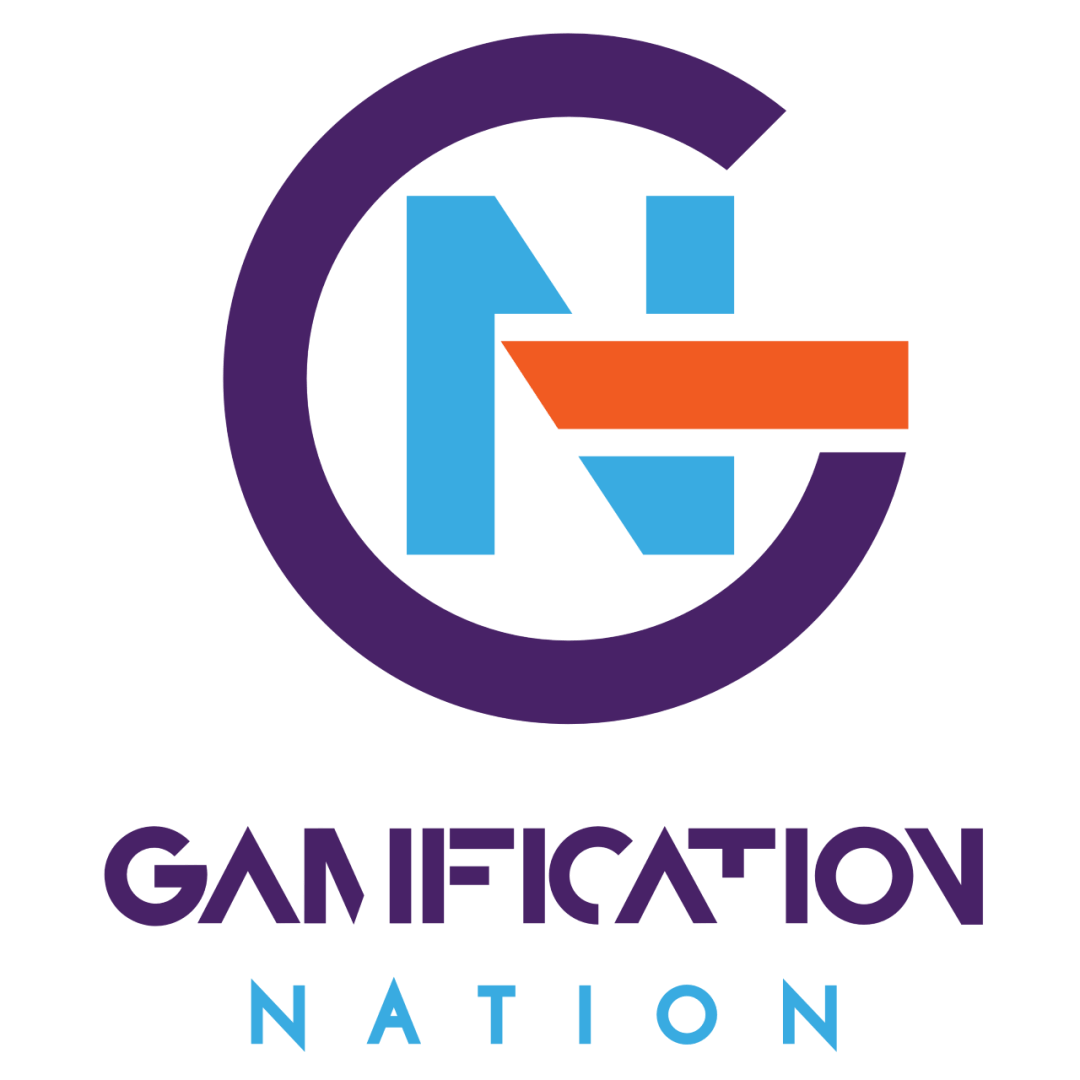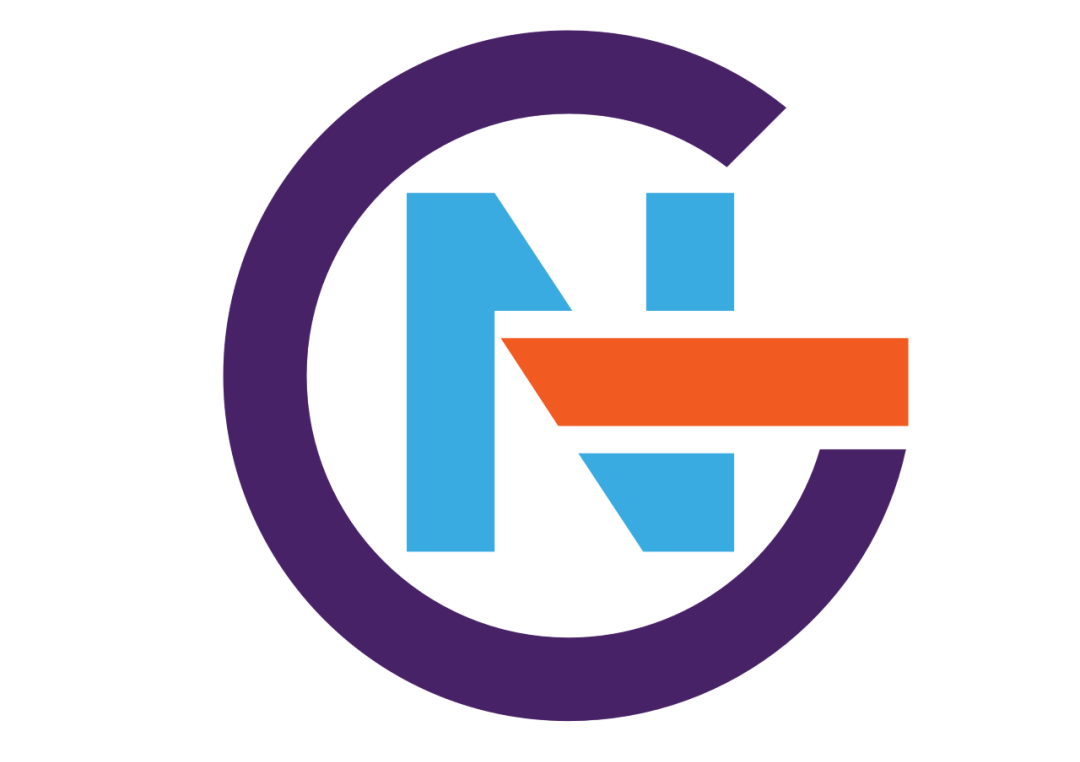Chatbots and AI agents have become common on websites and in customer service, but they can also be useful in marketing, human resources, operations, and product design. Businesses of all sizes are testing these technologies to see how they might boost productivity and speed up processes. In this article, I explain how to decide if a chatbot or AI agent is helpful for your business. My approach walks you through several key steps to evaluate potential benefits and ensure that human oversight remains central to your operations.

Step 1: Understand Your Business Needs
Before investing in a chatbot or AI agent, it is important to first understand your business needs. Every company is unique. What works for one organization might not work for another. I suggest starting with a clear understanding of what you want to achieve and where these technologies can fit into your overall strategy. Begin by mapping out your current processes and pinpointing inefficiencies or bottlenecks. This exercise can reveal which tasks are repetitive and time consuming.
Consider taking the time to discuss with various team members and department heads, so you can gather multiple perspectives on day-to-day operations. This collaborative discussion not only clarifies your objectives but also builds consensus on where smart automation might make a meaningful difference. By jotting down your business priorities and matching them against the potential functionalities of a chatbot or AI solution, you set the stage for a more successful implementation. Remember, understanding your needs is very important as it lays the foundation for all your upcoming decisions.
In addition, researching case studies from similar industries may help you spot particular use cases that can be mirrored in your own operations. This process of mapping out internal needs may require revisiting your current workflow charts and process diagrams and adjusting them to include potential automated tasks. Over time, this detailed clarity will help your team not just implement a new technology but integrate it in a way that truly supports your strategic objectives.
Step 2: Evaluate Operational Integration
Many businesses use chatbots on websites and in customer service areas, but the full potential of such tools might extend further. I encourage you to look beyond the usual applications and consider where else automation and AI could be valuable. It is beneficial to check out how these systems can be woven into various parts of your operation—from HR functions to internal scheduling and order processing.
Take time to examine how a chatbot might connect with current software systems like CRM, ERP, or custom data management tools. When you plan for a tech integration, it’s helpful to have technical experts on hand who can map out connectivity options and assess compatibility. It is also useful to have a clear idea of the data flow and how information will be relayed back and forth between the new system and your existing platforms. Asking your IT team for insights on any integration challenges can reveal hidden opportunities and pitfalls.
Additionally, consider the scalability of the integration. Assess whether the solution can grow as your business evolves. By planning for future expansion now, you can avoid costly modifications down the road. As you consider integration, remember that blending new technology with established processes is a gradual process that benefits from continuous feedback and adjustments.
Step 3: Assess Technology Capabilities
Not all chatbots and AI agents are the same. The features and functions available in each solution can vary greatly. It is important to evaluate the capabilities to see if they meet the demands of your business processes. For instance, a system that accurately understands and responds to user queries is key, and quality language processing helps minimize errors and misinterpretations.
Review the key features in detail. Does the system provide robust natural language processing? Can it pull and send data between internal databases and external platforms seamlessly? Also, check if it is possible to tailor the system to the specific workflows of your marketing, HR, or operations teams. A well-suited technology should step up productivity, streamline processes, and eventually lead to time savings while still leaving room for human oversight and decision making.
Moreover, when you evaluate technology, look into the customization options and the overall flexibility it offers. Sometimes the difference between a good and a great solution is the ability to adapt to specialized departmental needs. Reading user reviews and requesting live demos can provide valuable insights. In addition, consider long-term support and update frequencies provided by the vendor. This extra due diligence ensures that your investment continues to deliver value as business demands and market conditions change over time.
Step 4: Address Privacy, Security, and Quality Considerations
Deploying any form of AI agent comes with its share of privacy and security concerns. It is important to keep these in mind on top of the business benefits. Many industries handle sensitive data, and ensuring the highest quality of source processes is essential. You must think about what data the chatbot or AI agent will access, which may include customer information, operational details, or financial records.
Look into whether there are established standards and procedures in place to protect this data. Confirm that the vendor complies with industry regulations and has a proven track record regarding data security. Gathering details from IT, legal, and operational teams can help you set up firm protocols for user consent and data handling. Regular audits and updated documentation go a long way in maintaining a secure environment.
It is also advisable to have contingency plans in place in case of any breaches or unexpected issues. When you map out your security strategy, lay out clear roles and responsibilities to ensure that every team member knows when and how to act. This systematic approach to security and quality control should be seen as an ongoing process rather than a one-time setup, and it will act as a safeguard for both your business and your customers.
Step 5: Measure Potential Benefits
One of the advantages of automation is the potential for significant time saving and productivity increases. When assessing whether a chatbot or AI agent is the right fit, it is important to define both the tangible and intangible benefits and expected outcomes. This step involves setting up benchmarks and measurement strategies from the very beginning.
Think about the potential benefits you want to evaluate. For example, could automating repetitive tasks lead to quicker responses and smoother operations? Will employees be able to focus on more complex, creative tasks if routine work is managed by an automated system? Besides saving time, many organizations notice a boost in employee morale and customer satisfaction when responses are faster and more consistent.
It’s useful to put a number on these benefits by analysing metrics such as response times, cost reductions, and overall productivity improvements. Establishing reliable data collection methods at the start is very important so that you can back up your decisions with measurable evidence. Combining automated reports with regular manual reviews also helps to build trust in the technology and validate its impact over time.
Step 6: Develop an Implementation Plan
Once you have decided that a chatbot or AI agent could bring benefits to your business, the next step involves planning its implementation. A well-thought-out plan ensures a smooth transition with minimal disruption. Setting a timeline, defining milestones, and planning for pilot tests are all part of a robust implementation approach.
Begin by mapping out each stage from initial testing to a full rollout. Many companies opt to introduce the technology to a single department first, learning valuable lessons before expanding it organization-wide. This phased approach helps mitigate the risks that can come with large-scale changes and ensures that any hiccups can be handled on a smaller scale before they become major issues.
Furthermore, training and support are key components of your plan. Make sure that both the technology and the teams using it receive the attention they need. Bringing in external experts or tapping into internal resources for training can give your team the confidence to use the new system effectively. A clear, step-by-step guide that spells out short-term and long-term goals helps insiders track progress and make necessary adjustments along the way. With careful planning and solid preparation, the implementation will be a smooth process that minimizes disruptions and maximizes benefits.
Step 7: Ensure Continuous Monitoring and Human Oversight
Implementing a chatbot or AI agent does not end with the launch. Regularly monitoring its performance and integrating feedback is key to long-term success. Keeping human oversight in the process ensures that any issues can be quickly resolved and that the technology continues to serve your evolving needs.
Set clear guidelines for when human intervention is required. For instance, if the AI encounters queries it cannot properly process, a human should step in to offer accurate and empathetic responses. It is a good idea to create a feedback loop where performance data is continuously reviewed and action plans are updated accordingly. This ensures that the system does not operate in isolation and that real-life observations feed into its ongoing improvement.
Additionally, schedule regular meetings with key stakeholders to review performance metrics and discuss potential adjustments. Over time, these reviews can help identify trends, iron out any inconsistencies, and introduce additional training sessions if needed. Continuous improvement in this balanced approach guarantees that the integration of technology and human oversight delivers optimal results over an extended period.
Common Questions and Insights
What if the AI agent does not understand complex queries?
Sometimes, a chatbot may struggle with inquiries that require deeper understanding or context. This is where human intervention plays a role. Establish protocols that allow a smooth transition when complex questions arise. A well-monitored system helps ensure that no query goes unanswered and every customer receives clear, thoughtful responses.
How do I measure the success of an AI implementation?
Metrics matter. Evaluate improvements in response time, cost savings, and customer satisfaction. Regularly review these numbers to decide whether the solution truly boosts productivity. Setting up clear methods from the start to gather and analyze data is very important so that you can confidently say whether the implementation meets its objectives or if there are areas that need adjustment.
What challenges might I face during implementation?
- Difficulty in merging data from various systems may occur if established procedures are not in place.
- Privacy and security issues require constant attention, particularly when handling sensitive customer or operational data.
- An initial learning curve for employees adjusting to new ways of working could slow down early adoption.
Addressing these challenges through a thoughtful plan and continuous oversight reduces their impact and helps ensure a smooth transition. Being proactive and seeking input from all stakeholders can make a significant difference in overcoming these initial hurdles.
Final Evaluation and Recommended Actions
Deciding whether a chatbot or AI agent is helpful for your business is a balanced process. On one hand, these technologies can lead to significant benefits such as time savings, improved productivity, faster process execution, and cost reductions. On the other hand, it is very important to incorporate expert input and keep human oversight at the centre of your operations to ensure that the technology supports your business goals without compromising quality or security.
Your action plan should start with identifying the business areas that could benefit most from automation. Next, evaluate the capabilities of available chatbot or AI agent solutions to ensure they work smoothly with your operational systems. Address data privacy, security, and quality control by setting clear protocols and maintaining open lines of communication between teams.
It is not just about implementing new technology. It is about setting up systems that work in harmony with your people to deliver better results over time. Develop a step-by-step plan that includes expert training, a phased rollout, and established performance metrics so that you can track improvements in time savings and overall productivity. Regular reviews and updates will help fine-tune the system and address any emerging challenges.
When you finally roll out a chatbot or AI agent, remember that the technology is designed to support, not fully replace, human roles. The ultimate goal is to free up your team to tackle more strategic and creative challenges, allowing the technology to take care of repetitive tasks. With a balanced approach that combines smart technology and continuous monitoring, your business can enjoy both efficiency gains and enhanced service quality.
I invite you to reflect on these recommendations and consider how a well-integrated chatbot or AI agent can make a tangible difference in your daily operations.
If you don’t have the skills in-house to undertake the analysis required to determine where chatbots or AI agents may save you time and deliver benefits and subsequently getting ready for implementation, then Gamification nation can help with our AI playbook and consulting services.



